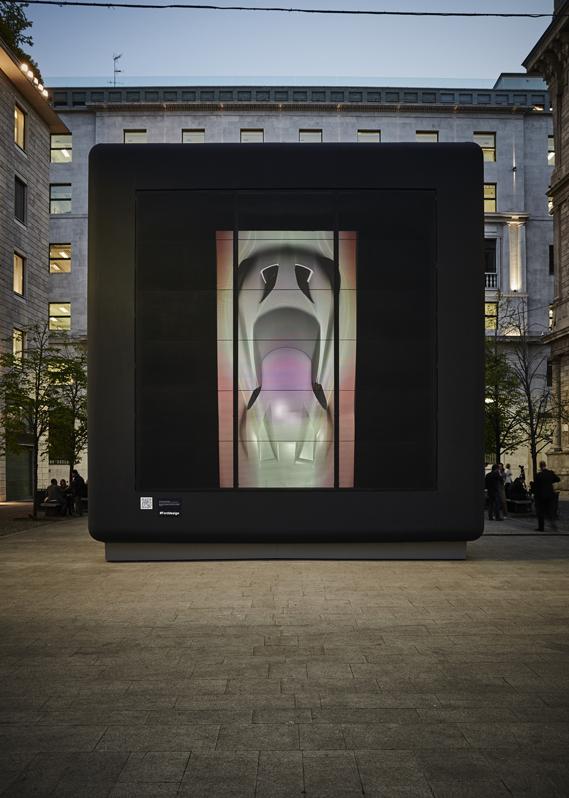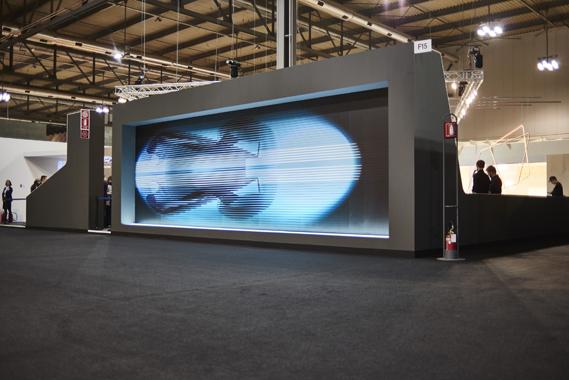3D printing is already a nearly ubiquitous part of many large-scale design processes, and automotive companies like Ford have been some of the earliest adopters of the technology. The ability to produce samples and prototypes rapidly has drastically shaved the amount of time a product requires to develop and helped produce higher quality products.
 But 3D printing is quickly becoming more than simply a design tool and is being incorporated into many businesses’ manufacturing processes. From things like 3D printed tools customized for assembling specific parts to actual components being printed and sold, 3D printing is becoming part of the production of products as diverse as rocket engines, electronics, clothing, medical devices, and, of course, automobiles. According to Ford Motors, that role in the manufacturing process is going to continue to grow and become integral to the process.
But 3D printing is quickly becoming more than simply a design tool and is being incorporated into many businesses’ manufacturing processes. From things like 3D printed tools customized for assembling specific parts to actual components being printed and sold, 3D printing is becoming part of the production of products as diverse as rocket engines, electronics, clothing, medical devices, and, of course, automobiles. According to Ford Motors, that role in the manufacturing process is going to continue to grow and become integral to the process.
At this year’s Salone del Mobile in Milan, Joel Piaskowski, the director of design for Ford, looked to the future of the automotive industry. He believes that the future will see not only the much hyped autonomous, self-driving cars, but also easily customizable cars featuring 3D printed parts and components.
 Milan’s annual furniture and design fair Salone del Mobile is a regular stop for large companies like Ford that are dependent on remaining ahead of the trend curve. While stylized imagery of its new GT model is being used on the Ford booth and an outdoor light installation, Ford isn’t showing off any specific product this year. Instead they are letting the imaginations of their design talent take the stage by inviting them to design and showcase non-automotive products.
Milan’s annual furniture and design fair Salone del Mobile is a regular stop for large companies like Ford that are dependent on remaining ahead of the trend curve. While stylized imagery of its new GT model is being used on the Ford booth and an outdoor light installation, Ford isn’t showing off any specific product this year. Instead they are letting the imaginations of their design talent take the stage by inviting them to design and showcase non-automotive products.
During one of several talks the Ford design team gave at the event, Piaskowski discussed not only the future of the GT but the new choices that are going to be open to future drivers who may have different relationships with cars than he does.
“Mobility for myself growing up – I’m 46 years old – was first foot, then bicycle, then automobile. Mobility today for children is electronic, it’s an instant connection so there’s less desire to move around and go and meet your friends somewhere because you can do that electronically,” he said.
While most of his talks involved the evolution of the car in our daily life, and how car companies need to address changing markets, he also noted that 3D printing will be part of car production. From new production materials to driverless cars to car-sharing programs, the next generation of car owners and drivers is going to be quite different from our own. Including the desire to customize vehicles for specific driver experiences and needs that may be outside of the standard designs.
“There are companies out there 3D printing cars or elements of the car. If you fast-forward, what does that mean long term? I’m not talking 5 or 10 years, it could be 15, 20 years, but having the ability to print a car, and how technology is evolving so quickly, you could really start customising a car for individuals or needs, in a very different way than we build and manufacture cars today,” Piaskowski continued.
And Ford is clearly taking the rapidly changing face of transportation needs seriously. They have opened a new research facility in Palo Alto that will help develop the next generation of automobiles. But don’t expect 3D printed Fords any time soon, as Piaskowski and Ford don’t see the need to be too quick to adopt new technologies.
“I don’t think Ford has to be at the bleeding edge, [but] having a point of view on where we as a company want to go is part of the equation. It’s not necessarily most important to be the first one to market, but the one with the most appropriate solutions at the right time. Sometimes, if you’re too early, it’s not relevant. But if you’re too late, you’re Johnny-come-lately,” he explained.
Whatever the future of transportation will be, it is certain that Ford will be at the center of it. And it is clear that it isn’t a matter of “if” 3D printing will be a part of that future, but rather a matter of “when.”
You can read more of what Piaskowski had to say about the future of car design over on Creative Review, and the Salone del Mobile will continue until April 19. What role do you think 3D printing will play in car design? Let us know your thoughts on the Ford Sees 3D Printing as Part of the Future of Car Design forum thread over on 3DPB.com.
Subscribe to Our Email Newsletter
Stay up-to-date on all the latest news from the 3D printing industry and receive information and offers from third party vendors.
You May Also Like
Initial Speakers and Sponsors Announced for Additive Manufacturing Strategies 2025
Nearly a year away from the event, the Additive Manufacturing Strategies (AMS) 2025 conference is already beginning to take shape. Building upon the success of 2024’s summit, AMS has established...
Unlocking the Future: Navigating the Additive Manufacturing Talent Landscape in 2024
The additive manufacturing (AM) industry stands at a pivotal juncture as it navigates through the complexities of talent acquisition and job market dynamics in 2024. With the rapid evolution of...
Alexander Daniels Global Releases 2024 AM Salary Survey Report
Marking its 8th consecutive year of publication, Alexander Daniels Global has released the much-anticipated 2024 AM Salary Survey Report. In a year characterized by ‘right-sizing’ and numerous challenges in the...
The 8th Consecutive AM Salary Study from Alexander Daniels Global Launches
Alexander Daniels Global, the specialist recruitment company for the additive manufacturing (AM) industry, has initiated the data collection process for its annual global Additive Manufacturing Salary Survey. This marks the...































